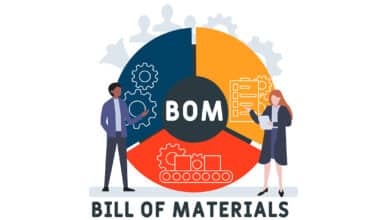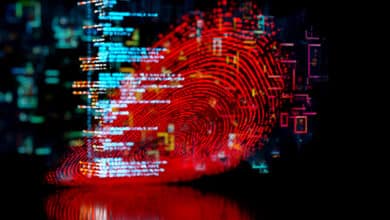All Post-Quantum, PQC Posts
-
Post-Quantum, PQC, Quantum Security
Post-Quantum Cryptography PQC Challenges
The transition to post-quantum cryptography is a complex, multi-faceted process that requires careful planning, significant investment, and a proactive, adaptable approach. By addressing these challenges head-on and preparing for the dynamic cryptographic landscape of the future, organizations can achieve crypto-agility and secure their digital assets against the emerging quantum threat.
Read More » -
Post-Quantum, PQC, Quantum Security
Quantum Era Demands Changes to ALL Enterprise Systems
In my work with various clients, I frequently encounter a significant misunderstanding about the scope of preparations required to become quantum ready. Many assume that the transition to a post-quantum world will be straightforward, involving only minor patches to a few systems or simple upgrades to hardware security modules (HSMs). Unfortunately, this is a dangerous misconception. Preparing for this seismic shift is far more complex…
Read More » -
Post-Quantum, PQC, Quantum Security
Bills of Materials for Quantum Readiness: SBOM, CBOM, and Beyond
Quantum computing threat is forcing organizations to inventory their digital assets like never before. With powerful quantum attacks on the horizon, businesses must identify what they have - software, cryptography, sensitive data, hardware - before they can secure it. Security standards and government directives now urge a comprehensive cryptographic inventory as the first step toward quantum readiness. In practice, compiling these inventories is daunting. Modern…
Read More » -
Post-Quantum, PQC, Quantum Security
Inside NIST’s PQC: Kyber, Dilithium, and SPHINCS+
In 2022, after a multi-year evaluation, NIST selected CRYSTALS-Kyber, CRYSTALS-Dilithium, and SPHINCS+ as the first algorithms for standardization in public-key encryption (key encapsulation) and digital signatures. Kyber is an encryption/key-establishment scheme (a Key Encapsulation Mechanism, KEM) based on lattice problems, while Dilithium (also lattice-based) and SPHINCS+ (hash-based) are digital signature schemes.
Read More » -
Post-Quantum, PQC, Quantum Security
The Future of Digital Signatures in a Post-Quantum World
The world of digital signatures is at an inflection point. We’re moving from the familiar terrain of RSA and ECC into the new territory of lattices and hashes. It’s an exciting time for cryptography, and a critical time for security practitioners. Authentication, integrity, and non-repudiation are security properties we must preserve at all costs, even in the face of revolutionary computing technologies. With careful preparation,…
Read More » -
Post-Quantum, PQC, Quantum Security
Cryptographically Relevant Quantum Computers (CRQCs)
Cryptographically Relevant Quantum Computers (CRQCs) represent a seismic shift on the horizon of cybersecurity. In this article, we’ve seen that CRQCs are defined by their ability to execute quantum algorithms (like Shor’s and Grover’s) at a scale that breaks the cryptographic primitives we rely on daily. While still likely years (if not a decade or more) away, their eventual arrival is not a question of…
Read More » -
Post-Quantum, PQC, Quantum Security
Quantum Computer Factors Record 48-Bit Number – How Far Are We from Cracking RSA-2048?
Factoring a 2048-bit number is in a different universe of complexity, requiring thousands of high-quality qubits and billions of operations – a capability that will likely require years of additional scientific and engineering breakthroughs. The current milestone, while remarkable for quantum computing, does not change the security status of RSA or other cryptographic systems. It does, however, add momentum to the quantum computing race and…
Read More » -
Post-Quantum, PQC, Quantum Security
Engaging and Managing Vendors for Quantum Readiness
Vendors provide critical software, cloud platforms, fintech solutions, IoT devices, and more - and these often rely on vulnerable cryptographic algorithms under the hood. If a key vendor lags in upgrading their encryption, it could expose your data or systems to quantum-enabled attacks. Engaging vendors early allows you to:
Read More »







